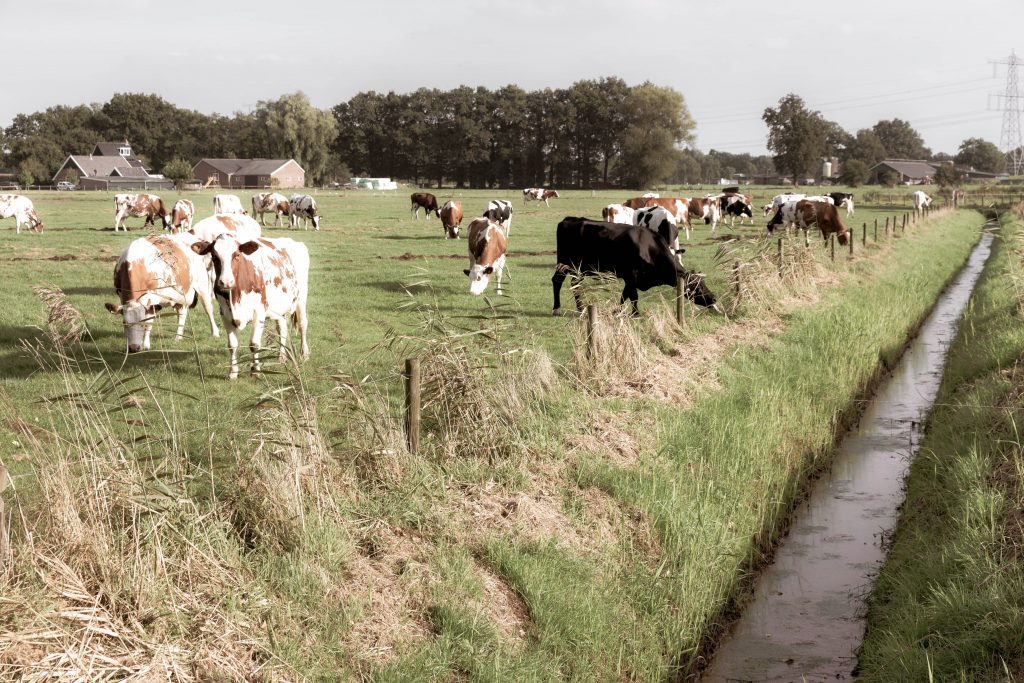Australia’s Agriculture Inventory now Allocates Methane from Farm Dams

Methane emissions from reservoirs and other constructed Freshwater ponds (e.g. farm dams) have now been included in the Australian national greenhouse gas inventory, including an estimate for certain Ponded pastures. For all dams and reservoirs methane emissions are reported under the Wetlands Remaining Wetlands (see Page 116, Section 6.10) classification. Freshwater ponds include stock dams as well as crop dams and farm tanks, which are small to large, shallow impoundments used for crop irrigation.
Freshwater ponds: The methane emissions in the inventory from dams is based on the paper by Grinham et al., 2018, supported by the work of Ollivier et al 2018, resulting in an average emission around 140 kg CH4/ha/yr for all dams. This compares with the IPCC default factor of 183 kg CH4/ha/yr. This research concluded that farm dams in grazing areas have higher methane emissions than farm dams in cropland.
The Australian inventory assumes that this difference occurs due to additional organic matter (OM) inputs, namely manure from cattle, sheep and other livestock. The Australian inventory therefore now allocates a portion of these methane emissions from dams (the fraction assumed to arise from manure) to the Manure Management (see Section 5.4, page 304) classification, based on the livestock activity data, estimating the rate of livestock manure washing into dams is around 5% of all manure deposited on pasture and range.
The higher methane emissions from dams in grazing areas reported by Grinham et al. 2018 and Ollivier et al. 2018 are presumably due to organic matter input, either through direct deposit of manure, or through rain runoff into the dam. The research noted that algal growth stimulated by organic and nutrient inputs contributes to elevated methane emissions as well.
Ponded pastures are ponds constructed in grazing lands in tropical and subtropical regions that experience distinct wet and dry seasons. The ponds are designed to flood seasonally (during the wet), and are sown with water tolerant grasses. These grasses grow mainly during the wet season, providing grazing for cattle in the dry season as the ponds dry out.
The inventory estimates that Australia has about 52,500 ha of ponded pastures in the dry tropics and subtropics. The national inventory therefore estimates methane emissions from this source under Freshwater Ponds. While there is limited information on the emission rates from these water bodies, as they are vegetated, it is likely that methane emissions are high. The emissions reported for Wetlands converted to grassland are therefore used.
